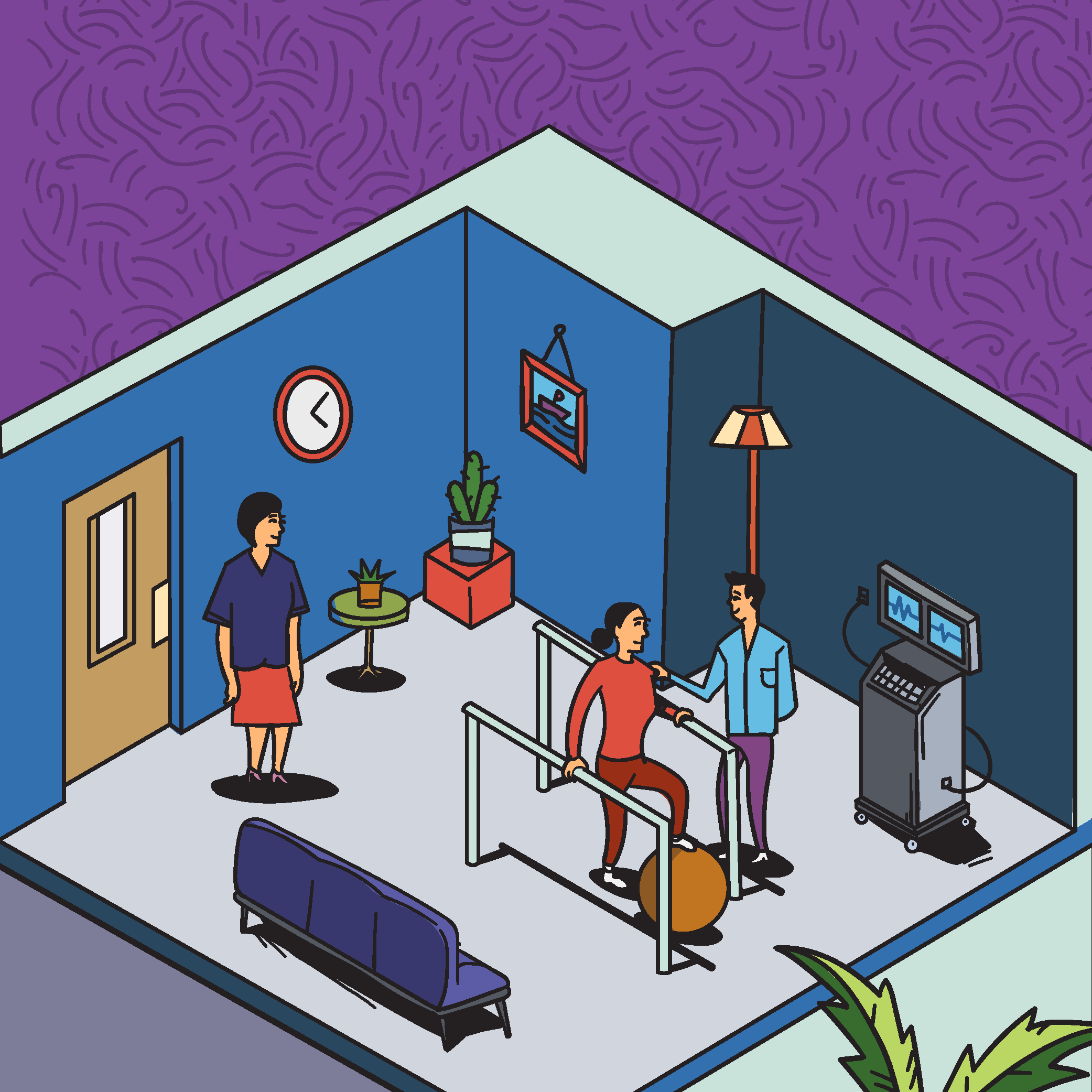- Arbitration
- Banking & Finance
- Capital Markets
- Commercial
- Competition
- Construction & Infrastructure
- Corporate / Mergers & Acquisitions
- Corporate Services
- Corporate Structuring
- Digital & Data
- Dispute Resolution
- Employment & Incentives
- Family Business & Private Wealth
- Innovation, Patents & Industrial Property (3IP)
- Insurance
Find a Lawyer
Book an appointment with us, or search the directory to find the right lawyer for you directly through the app.
Find out more
Level Up: Unlocking Financial Potential In The Middle East
Welcome to this edition of Law Update, where we focus on the ever-evolving landscape of financial services regulation across the region. As the financial markets in the region continue to grow and diversify, this issue provides timely insights into the key regulatory developments shaping banking, investment, insolvency, and emerging technologies.


2025 is set to be a game-changer for the MENA region, with legal and regulatory shifts from 2024 continuing to reshape its economic landscape. Saudi Arabia, the UAE, Egypt, Iraq, Qatar, and Bahrain are all implementing groundbreaking reforms in sustainable financing, investment laws, labor regulations, and dispute resolution. As the region positions itself for deeper global integration, businesses must adapt to a rapidly evolving legal environment.
Our Eyes on 2025 publication provides essential insights and practical guidance on the key legal updates shaping the year ahead—equipping you with the knowledge to stay ahead in this dynamic market.
The leading law firm in the Middle East & North Africa region.
A complete spectrum of legal services across jurisdictions in the Middle East & North Africa.
-
Practices
- All Practices
- Banking & Finance
- Capital Markets
- Commercial
- Competition
- Construction & Infrastructure
- Corporate / Mergers & Acquisitions
- Corporate Services
- Corporate Structuring
-
Sectors
-
Country Groups
-
Client Solutions
Today's news and tomorrow's trends from around the region.
17 offices across the Middle East & North Africa.
Our Services
 Back
Back
-
Practices
- All Practices
- Banking & Finance
- Capital Markets
- Commercial
- Competition
- Construction & Infrastructure
- Corporate / Mergers & Acquisitions
- Corporate Services
- Corporate Structuring
- Digital & Data
- Dispute Resolution
- Employment & Incentives
- Family Business & Private Wealth
- Innovation, Patents & Industrial Property (3IP)
- Insurance
- Intellectual Property
- Legislative Drafting
- Private Client Services
- Private Equity
- Private Notary
- Projects
- Real Estate
- Regulatory
- Tax
- Turnaround, Restructuring & Insolvency
- White Collar Crime & Investigations
-
Sectors
-
Country Groups
-
Client Solutions

- Law Firm
- /
- Insights
- /
- Law Update
- /
- November 2019
- /
- Development of the UAE as a Sports Injury Rehabilitation Destination and Sports Science Hub
Development of the UAE as a Sports Injury Rehabilitation Destination and Sports Science Hub
Ujjwal Ashok - Intern - Commercial
Background
The proliferation of cutting-edge technology in the fields of sports science and sports injury prevention/rehabilitation has increased substantially in recent years. Embracing such technology has, in turn, significantly boosted the sports medicine market, which is expected to surpass US$9 billion by 2025, with an annual compound growth rate of six percent from 2019-2025 .
This increased demand for sports medicine related services can be attributed to a host of factors, such as:
- increased incidence of sports injuries caused by growing participation in sports and physical activities;
- growing trend towards healthy lifestyles and public health campaigns promoting the importance of sports and physical exercise in combatting and reversing cardiovascular diseases, diabetes, obesity etc.;
- increased adoption of computer assisted robotic surgeries and sports medicine products, which reduce recovery times and hospital stays;
- technological advancements in medical implants and increased R&D in the field of regenerative medicine; and
- increased demand for minimally invasive surgical procedures, such as arthroscopy, resulting in reduced complications and shorter hospital stays.

The Global Sports Medicine Market
North America dominates the global sports medicine market, accounting for almost 50.5 percent of the market. This is primarily due to the high incidence of sports participation and related injuries, which has created a demand for innovative sports science products and technologies, prompting increased government investment and funding in regenerative medicine.
The European sports medicine market is the second largest market, followed by the Asia Pacific region. The MENA sports medicine market is currently smaller; however, it is set to grow at an accelerated pace.
Technological Advancements in Sports Science
Continual advancements in sports science research and development has resulted in numerous innovative technologies. Such technologies help maximise the ability of athletes to train and perform at a high-level, thereby reducing the otherwise vast costs incurred by sports teams and athletes on injuries alone. Some examples of theses technological developments are:
- Analytics: The use of sensors to observe an athlete’s body and performance in real time to analyse metrics such as sprints, landings, speed, impact forces, torque,and other movement dynamics to better understand an athlete’s performance and technique;
- Cryotherapy: The deliberate exposure of parts of the body to freezing or near-freezing temperatures in a cryotherapy chamber. This technique helps athletes deal with muscle pain, joint pain, or soreness, and it promotes faster healing of injuries;
- Hyperbaric Oxygen Therapy: The inhalation of pure oxygen in a pressurised chamber, or through a tube. Inside a chamber, it is possible to set the air pressure to three times the regular levels. The increase in air pressure causes the lungs to receive more pure oxygen than is otherwise possible under normal atmospheric pressure. The pure oxygen is then carried by the blood throughout the body, where it can help muscles, stimulate growth factors, promote healing, and enhance the speed of recovery;
- Sweat Analysis: The use of smart patches to analyse an athlete’s sweat as they train and compete. These patches can monitor key health signs and ultimately improve athletic performance and boost recovery by collecting data regarding the various solutes in an athlete’s body, such as sodium, chloride, potassium, ammonium, lactate, proteins, or peptides; and
- Wearable technology: Most professional football, rugby, and NFL players routinely wear small GPS trackers on the back of their training tops to track, in real time, athlete acceleration, positioning, collision impact, volume, intensity, explosiveness, and other metrics both during games and training sessions.
The benefits of real time player data collection are that it gives coaches extra information on which to base their decisions, such as the optimal time to make substitutions or changes in strategy.
Why is the United Arab Emirates (UAE) an Attractive Destination for Sports Science/Rehabilitation?
One major obstacle for clinics considering whether to offer state-of-the-art sports science diagnostics and technologies is the current high cost of the equipment. The UAE has emerged as a go-to sports science/rehabilitation destination by prioritising investment in such equipment and the provision of treatment.
The UAE government has played a significant role in proactively driving medical tourism by introducing new initiatives and incentives such as:
- the introduction of the 10-year visa for highly specialised professionals, such as doctors and researchers, which has attracted some of the best global medical talent;
- the launch by the Dubai Health Authority (‘DHA’) of the Dubai Health Experience (‘DXH’), the first medical tourism portal in the region enabling tourists to book their entire medical holiday online;
- the establishment of a centre of excellence for sports medicine under the DHA Health Strategy 2016-2021; and
- increased healthcare spending, with the UAE projected to have the highest projected compound growth rate in healthcare spending in the GCC of 9.6 percent between 2017 and 2022.
Such initiatives have helped the UAE medical tourism industry grow at a healthy annual rate of 5.5 percent to reach a staggering AED 12.1 billion in 2018 . This rate of growth is showing no signs of slowing down and is set to reach AED 19.5 billion by 2023.
Recently Opened UAE-based Sports Science and Rehabilitation Establishments
There are numerous examples of cutting-edge clinics opening in the UAE in recent years, which demonstrates the burgeoning potential of the local sports science industry, such as:
- Emirates Sportsmed which opened in Dubai in 2017 and offers comprehensive sports science and technology driven health assessments and full body healthcare services for amateur and professional sports athletes participating in football, cricket, and other sports. With football legend Frank Lampard as its ambassador and clients including cricketer Kieron Pollard and MMA Fighter Mohammed Yahya, it has already become a trusted destination for sports injury prevention and rehabilitation;
- Dubai-based Cryo Holdings opened the first of its eight clinics in 2013 and offers comprehensive cryotherapy services. Its significant investment in R&D and efforts in creating medical certified devices have enabled it to cater to professional sports leagues such as the NFL, NBA, NCAA, and MLB;
- Nad Al Sheba, a major sports complex in Dubai, offers sports rehabilitation services including cryotherapy, hydrotherapy, and other medical support services attracting superstar athletes, including Cristiano Ronaldo, Mo Salah, Paul Pogba, Novak Djokovic, UFC champion Khabib Nurmagomedov, and big-ticket teams such as Manchester United and Australian Cricket Team; and
- the Dubai Camel Hospital, which opened in 2017, is a first-of-its-kind veterinarian hospital dedicated to providing medical treatment to participants in the much-cherished sport of camel racing.
Key Legal Considerations
I. Licensing Requirements
Those interested in setting up healthcare establishments and/or working as medical professionals within the UAE are required to obtain a licence to practise professionally and, additionally, a licence to set up the health establishment from the authority concerned, depending on the nature of establishment.
For example, healthcare professionals intending to carry on healthcare services and/or run a healthcare establishment in Dubai must:
- if carrying on healthcare professional services, obtain a healthcare professional licence to practise from the DHA and must, at all times, conform to the requirements relating to eligibility to practise and general licensing requirements provided under the Unified Healthcare Professional Qualification Requirements; and
- if setting up an healthcare facility, obtain corporate licences for the same from the DHA and Dubai Department of Economic Development, and comply with the DHA health facility guidelines.
II. Framing Certificate of Need Guidelines
In its endeavour to constantly advance health care services, the DHA is in the process of framing certificate of need policies and guidelines for facilitating needs-based investments in healthcare by not creating a situation which could result in an oversupply and therefore the possible redundancy of health facilities, which would be much to the detriment of the customers and investors alike.
Future Potential in the UAE
Overall, the growth potential of the healthcare industry in the UAE looks extremely bright due, in large part,to a government that is proactive in both its policy-making to attract medical tourists and its significant investment in the sector. The sports science and sports injury prevention/rehabilitation sectors are well set to prosper as a central part of this wider trend.
Al Tamimi & Company’s Healthcare Practice includes lawyers from our Sports & Events Management team who regularly advise on laws and regulations impacting the healthcare sector. For further information, please contact healthcare@tamimi.com.
Stay updated
To learn more about our services and get the latest legal insights from across the Middle East and North Africa region, click on the link below.


